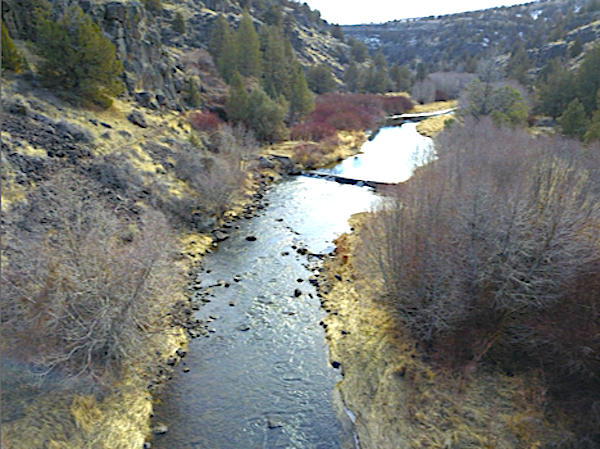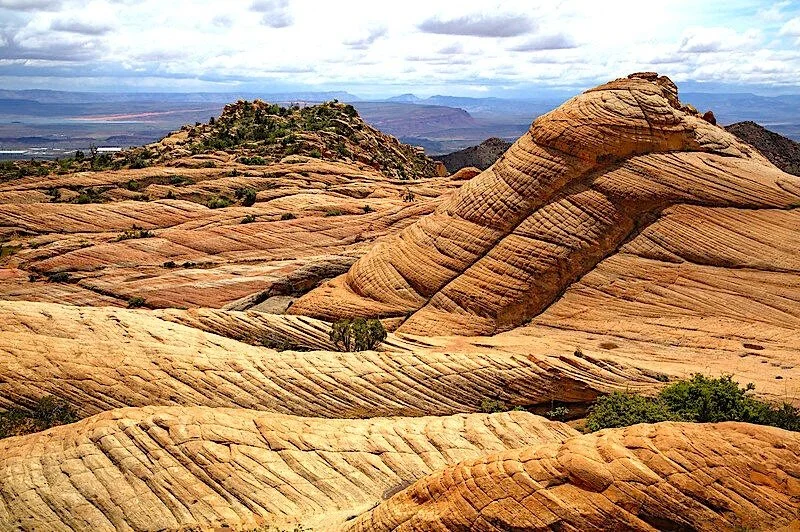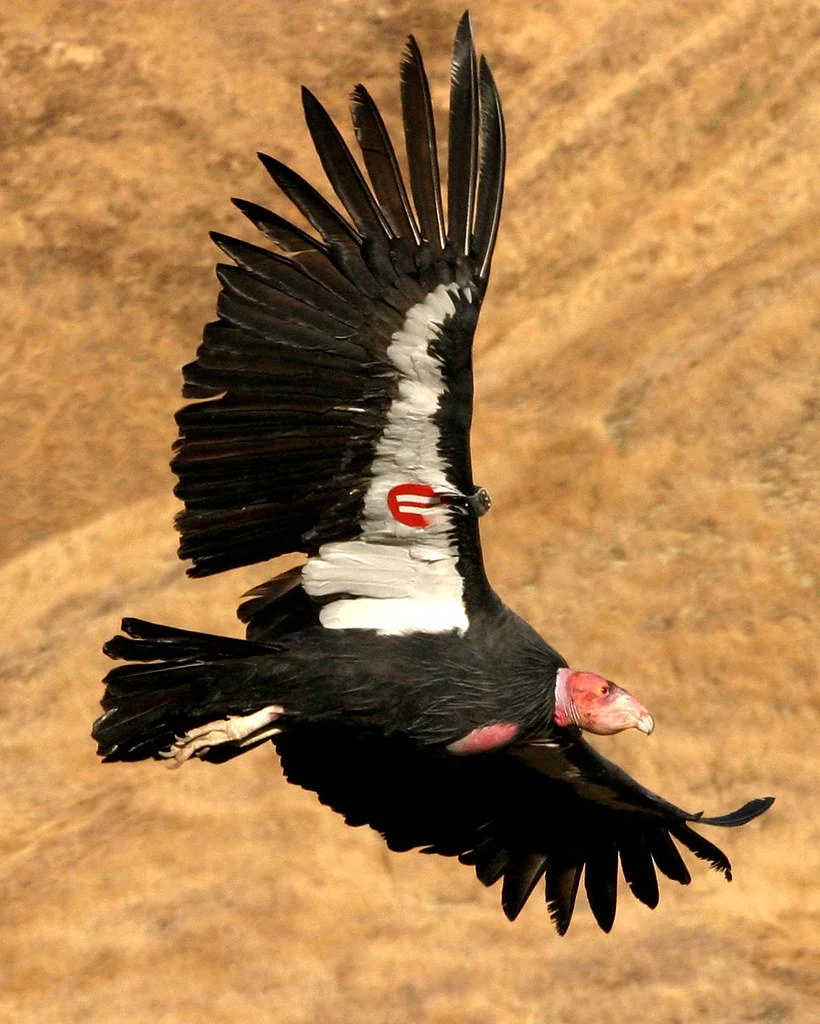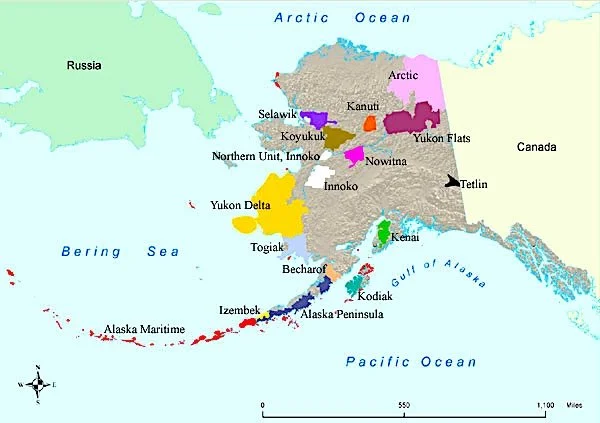Sort By Category
- 30x30
- Administration
- Antiquities Act
- Book Reviews
- Bureau of Land Management
- Climate Change
- Climate change
- Coasts
- Congress
- Counties & Federal Lands
- Courts
- Courts & Litigation
- Department of Agriculture
- Department of Interior
- Deserts
- Ecological Reserves
- Ecosystems
- Elections
- Endangered Species
- Energy
- Estuaries
- Federal Lands
- Fish
- Fish and Wildlife Service
- Forest
- Forest Fires
- Forest Service
- Forestry
- Forests
- Grasslands
- Land & Water Cons. Fund
- Land & Water Conservation Fund
- Legislation
- Litigation
- Livestock Grazing
- Marine Protected Areas
- Marine Sanctuaries
- Mature & Old-Growth Forests
- Mature and Old-Growth Foresrts
- Mining
- Nat'l Conservation Lands
- National Forest System
- National Marine Sanctuaries
- National Monuments
- National Monuments Act
- National Park Service
- National Park System
- National Parks
- National Recreation Area
- National Scenic Area
Sort By Tag
- 1002 area
- 30x30
- 5th Amendment
- ANWR
- Acadia National Park
- Adam Smith
- Administrative Procedure Act
- Advancing Conservation and Education Act
- Alan Bates
- Alan Deboer
- Alaska
- Alaska National Interest Lands Act
- Alaska Native Claims Settlement Act
- Aldo Leopold
- American Forest Resource Council
- American Prairie Reserve
- American Tree Farm System
- American beef supply
- American black duck
- American woodcock
- Ammon Bundy
- Ancient Forest National Park
- Anders Eskil Carlson
- Andrea Salinas
- Andrew N. Gray
- Andy Kerr
- Animal unit month
- Ansel Adams
- Antiquities Act
- Applegate Primitive Backcountry Area
- Aqua Fria National Monument
- Aquatic Conservation Strategy
- Aquatic Conservation and Riparian Strategy
- Arches National Monument
- Arches National Park
- Arctic National Wildlife Refuge
- Areas of Critical Environmental Concern
- Army Corps of Engineers
- Association of O&C Counties
- Astoria Canyon
- Astoria Fan
- Atlantic Coast
- Augusta Canal NHA
- Avarna Group
- Avi Kaw Ame
- BLM Conservation Rule
- BLM Zone 3 Lands
- BOEM Oregon Planning Area
- Baboquivari Peak Wilderness
- Baker County
The Public Lands Conservation Legacy of Senator Ron Wyden, Part 2: An Opportunity for Greatness
To be remembered as the greatest public lands conservationist to come out of the Oregon congressional delegation, Wyden needs to step up his game.
O&C Lands Act, Part 4: Repeal the Act and Transfer the Lands
This is the fourth in a series of four Public Lands Blog posts regarding the infamous “O&C” lands, a variant of public lands administered by the Bureau of Land Management. Part 4 recommends repeal of the O&C Lands Act of 1937 and transferring administration of all BLM lands in western Oregon to either the Forest Service or the Fish and Wildlife Service.
Welcoming Back Pumas to the Eastern United States
Scientists have identified seventeen areas in the eastern US suitable for the recolonization of Puma concolor. Will humans allow it?
It’s About Dam Time
In 2000, Congress told the Bureau of Land Management to remove a small, but fish-damaging, dam on the Donner und Blitzen Wild and Scenic River and in the Steens Mountain Wilderness. The BLM may finally get around to it.
Retiring Grazing Permits, Part 2: History of the Voluntary Retirement Option
This is the second of a three-part exploration of retiring permits for grazing on federal public lands. Part 1 examined the state of the public lands grazing industry and made the case for the equitable end to abusive livestock grazing on public lands. Part 2 reviews the history of congressional and other actions to facilitate retirement of federal grazing permits. Part 3 will speculate on the future of this conservation tool.
Preforests in the American West, Part 1: Understanding Forest Succession
This is the first of a two-post exploration of the stage of forest succession that occurs after a stand-replacing event and before the canopy again closes and dominates the site. In Part 1, we discuss why preforests are valuable, if undervalued. In Part 2, we will address management of preforests to preserve their ecological value.
Book Review: Our Common Ground: A History of America’s Public Lands
Understanding the history of public lands is useful if one is to be the best advocate for the conservation of public lands.
An Elliott State Research Forest
The Oregon Legislature is taking up a bill to establish the Elliott State Research Forest. It is vital that the legislation become law in early 2022.
B. Owl v. N. S. Owl
The barred owl has invaded the range of the northern spotted owl and needs to be stopped before driving the latter to extinction.
Roading the Red Cliffs: Unnecessary, and Illegal to Boot
The Colorado Plateau, the Great Basin Desert, and the Mojave Desert come together in Washington County, Utah, where the Red Cliffs National Conservation Area (RCNCA) is generally centered. In this transition zone, unusual plant and animal species have evolved, including the dwarf bearclaw-poppy (Arctomecon humilis) and Shivwits milk-vetch (Astragalus ampullarioides), small native plants that grow nowhere else on earth.
Withering Whitebarks and Wilderness
After decades of dithering, the Fish and Wildlife Service has finally proposed listing the species as “threatened” under the Endangered Species Act (ESA). But a special rule appended to the proposed listing creates a conundrum: Does ESA protection take precedence over wilderness area protection?
California Condor Comeback in the Pacific Northwest
Very high on my bucket list is to see a California condor in the wild (Figure 1), ideally over Oregon. If my timing is good and the condors cooperate, this could happen.
Zinke’s Move to Defile the Izembek
The protracted battle for the Izembek is now before a US District Court judge. At stake is whether the designations of national wildlife refuge and wilderness actually mean anything, at least in Alaska and/or under a Trump administration.
The National Wild and Scenic Rivers System, Part 2: Rounding It Out and Cleaning It Up (For Oregon, If Not Elsewhere)
This is the second part of a two-part examination of the National Wild and Scenic Rivers System. In Part 2, we examine the possibilities of protecting additional wild and scenic rivers with a focus on Oregon, and closing a notorious mining loophole in the original act.
The National Wild and Scenic Rivers System, Part 1: A Vital National Conservation Purpose
This is the first part of a two-part examination of the National Wild and Scenic Rivers System. In Part 1, we examine the history of the Wild and Scenic Rivers Act of 1968, the size of the system and how it works, and the outsized role Oregon has played in the development of the system.
Trump Pardons Abusers—Of Public Lands, Public Officials, and a Child
Today, President Donald J. Trump signed Executive Grants of Clemency (Full Pardons) for Dwight Lincoln Hammond, Jr., and his son, Steven Hammond. The Hammonds are multi-generation cattle ranchers in Oregon imprisoned in connection with a fire that leaked onto a small portion of neighboring public grazing land. The evidence at trial regarding the Hammonds’ responsibility for the fire was conflicting, and the jury acquitted them on most of the charges.
The National Wilderness Preservation System, Part 3: The Promise of and a Promise to Wilderness
This is the third installment of a three-part series on the National Wilderness Preservation System. Part 3 demands a rededication to wilderness for the benefit of this and future generations.
The National Wilderness Preservation System, Part 2: Past Progress Stalled
This is the second installment of a three-part series on the National Wilderness Preservation System. Part 2 chronicles past great progress and the current great stagnation.
Defensible Space: The Best and Only Hope for the Homeowner In or Near a Forest
If one is going to live in or near a forest, one assumes a higher risk of fire. The best way to minimize that risk is to seriously and continually create and maintain defensible space. It’s not cheap. If it were, it would have been done already.
Selling More Heroin to Pay for Methadone: Oil Drilling in the Arctic National Wildlife Refuge: Part 2
This is the second of a two-part examination of proposed oil exploitation in the Arctic National Wildlife Refuge.



















